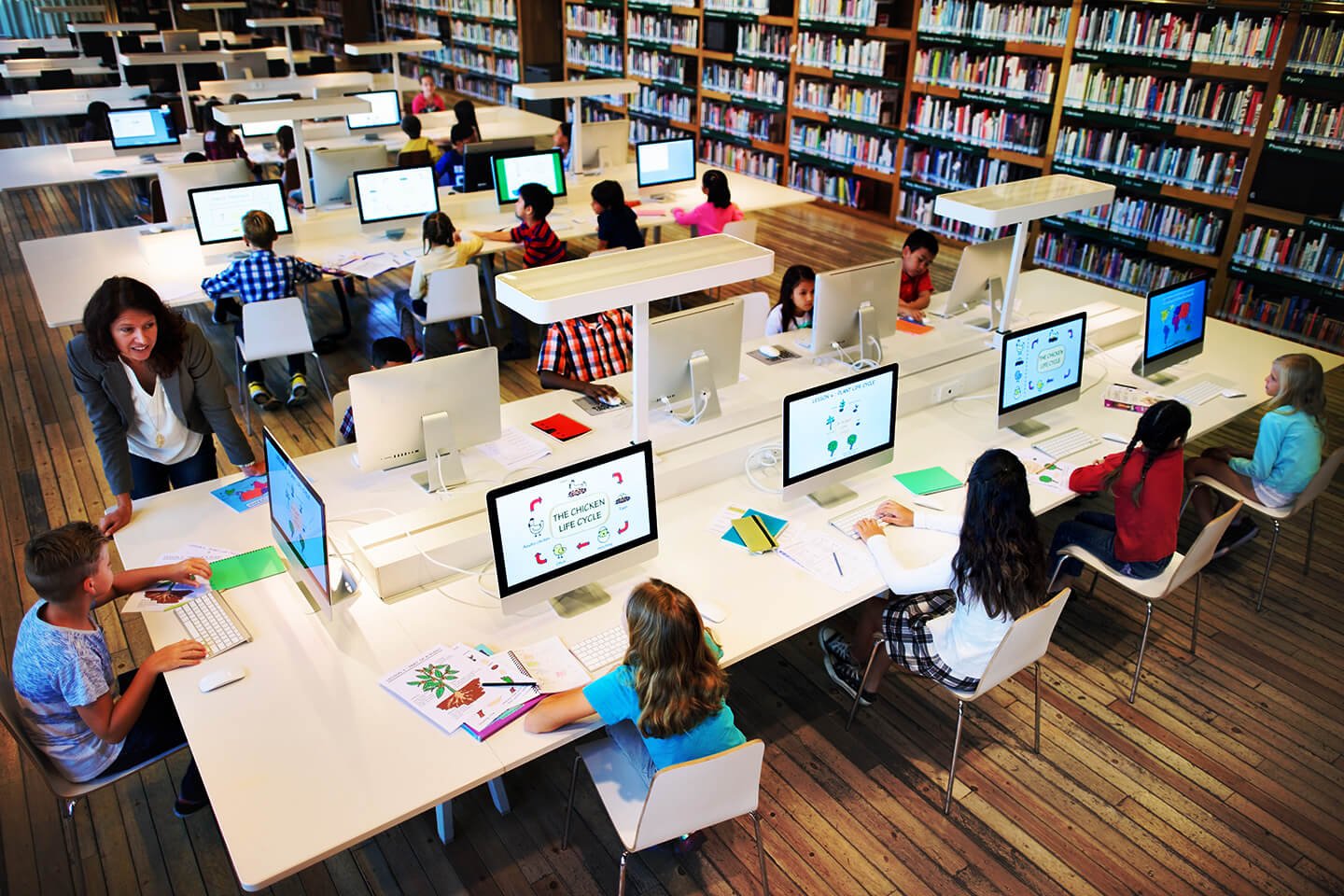10 Innovative Ways Technology Reshapes Education
Technology has revolutionized numerous facets of our lives, and the realm of education is no exception. In recent years, the integration of technological innovations has reshaped the landscape of learning, paving the way for transformative experiences and enhanced educational outcomes. Here are ten innovative ways technology has fundamentally transformed and continues to revolutionize education:
1. Introduction: The Evolution of Technology in Education
In the past decade, the incorporation of technology into educational practices has accelerated exponentially. From traditional chalkboard teachings to a digitalized, interconnected world, technology’s influence on education is profound.
2. Embracing Online Learning: A Paradigm Shift
The advent of online learning platforms has heralded a significant shift in education. With the flexibility and accessibility they offer, students can now access quality education from anywhere globally. The benefits extend beyond geographical barriers, making learning inclusive and adaptable to diverse schedules.
3. Personalized Learning with Adaptive Technology
Adaptive technology has revolutionized the concept of personalized learning. By analyzing individual learning patterns and preferences, educational platforms and tools customize content delivery, catering to students’ specific needs and enhancing comprehension.
4. Augmented Reality (AR) and Virtual Reality (VR) in Education
The integration of AR and VR technologies in education brings learning to life. These immersive experiences enable students to explore historical events, scientific phenomena, and complex concepts, fostering a deeper understanding and engagement.
5. Artificial Intelligence (AI) in Education
AI-driven applications are reshaping the teaching and learning experience. Through intelligent algorithms, AI-powered educational tools provide personalized tutoring, adaptive assessments, and content recommendations, fostering individualized learning paths.
6. Gamification: Learning through Play
Gamification techniques inject elements of game play into educational activities, making learning enjoyable and engaging. By leveraging rewards, challenges, and interactive elements, educators can enhance students’ motivation and participation.
7. Robotics and Coding in the Classroom
Incorporating robotics and coding into curricula instills problem-solving skills and critical thinking. Students engage in hands-on learning experiences, fostering creativity and innovation while preparing them for the technology-driven future.
8. Internet of Things (IoT) Transforming Educational Spaces
IoT devices are revolutionizing educational spaces by providing connectivity and enhancing efficiency. Smart classrooms equipped with IoT technologies facilitate seamless interactions, data-driven insights, and personalized learning experiences.
9. Blended Learning: A Fusion of Traditional and Tech-Based Teaching
Blended learning models amalgamate traditional teaching methods with technology-driven resources. This approach maximizes learning opportunities by combining face-to-face interactions with online resources, catering to diverse learning styles.
10. Cyber security Education: Safeguarding Digital Learning Environments
As education becomes increasingly reliant on digital platforms, cyber security education gains paramount importance. Implementing robust cyber security measures ensures a safe and secure learning environment, protecting sensitive data and fostering trust in online education.
Conclusion
The integration of technology in education transcends conventional boundaries, offering innovative solutions to enhance learning experiences. Embracing these technological advancements empowers educators and learners alike, paving the way for a more inclusive, adaptive, and engaging educational landscape.





